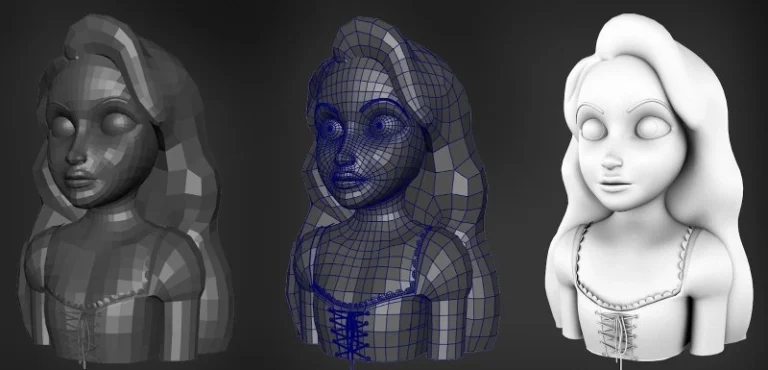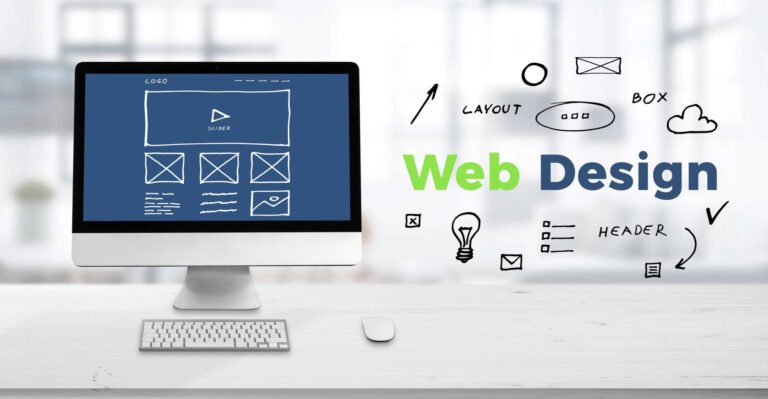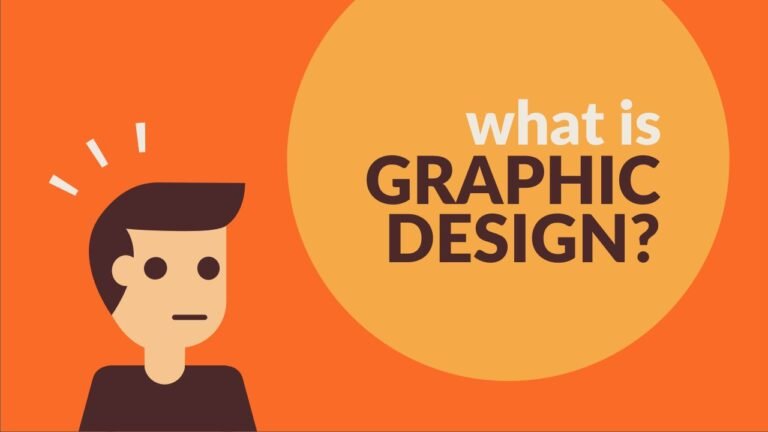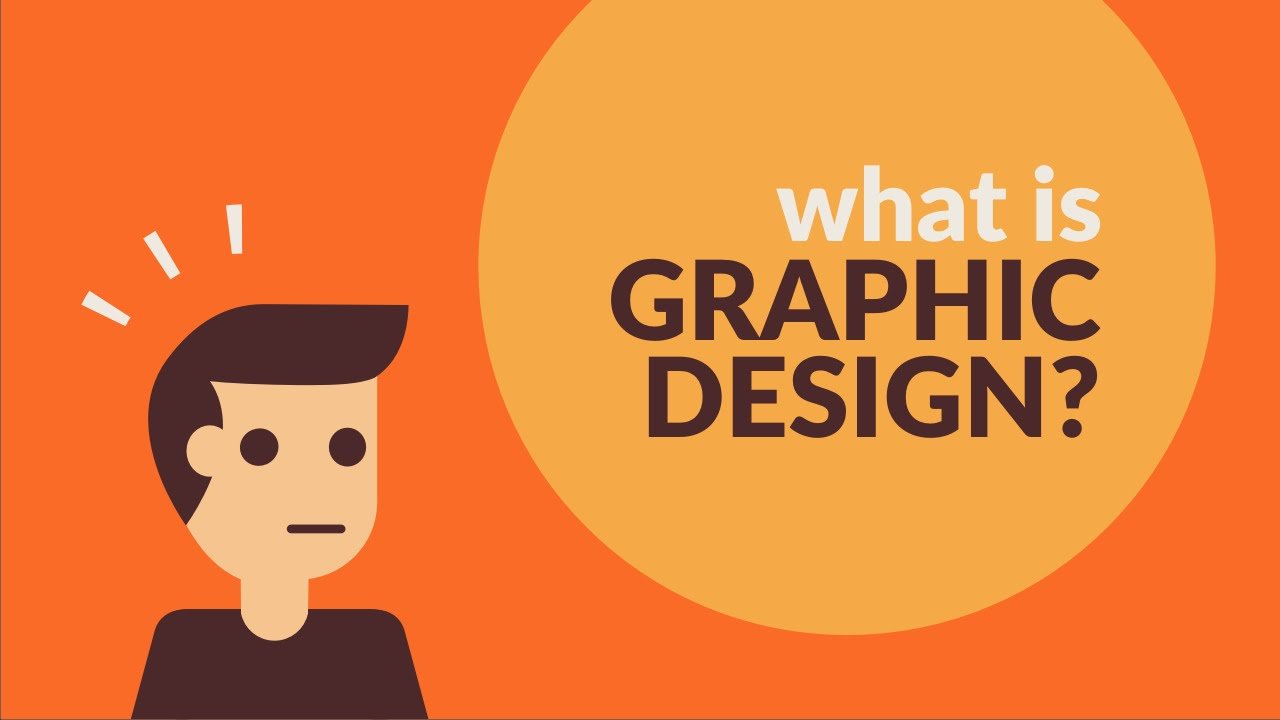3D modeling is a fascinating technique that allows artists to create digital representations of objects or characters in three-dimensional space. By using specialized software, artists can manipulate vertices, edges, and polygons to bring their imagination to life. This process involves creating a virtual skeleton, also known as a wireframe, which serves as the foundation for the final model.
Table of Contents
Importance 3d Modeling and Animation
Once the wireframe is established, artists add details and textures to the model, giving it a realistic appearance. This can include anything from the color and texture of the object’s surface to intricate details such as wrinkles or fur. The level of detail and complexity depends on the artist’s skill and the intended use of the model. One of the key advantages of 3D modeling is its versatility. Artists can create anything from simple geometric shapes to complex characters or architectural structures. This flexibility allows for endless creative possibilities, making 3D modeling an essential tool in various industries.
3D modeling software has evolved significantly over the years, providing artists with powerful tools and features. Some popular software options include Autodesk Maya, Blender, and Cinema 4D. These programs offer a wide range of tools for modeling, texturing, and rendering, allowing artists to achieve stunning results. While 3D modeling may seem daunting at first, it is a skill that can be learned and mastered with practice. There are numerous online tutorials, courses, and communities available for beginners to get started. With dedication and perseverance, anyone can become proficient in 3D modeling and unlock their creative potential.
Different types of 3D modeling techniques
3D modeling encompasses a wide range of techniques, each with its own unique characteristics and applications. Here are some of the most common types of 3D modeling techniques:
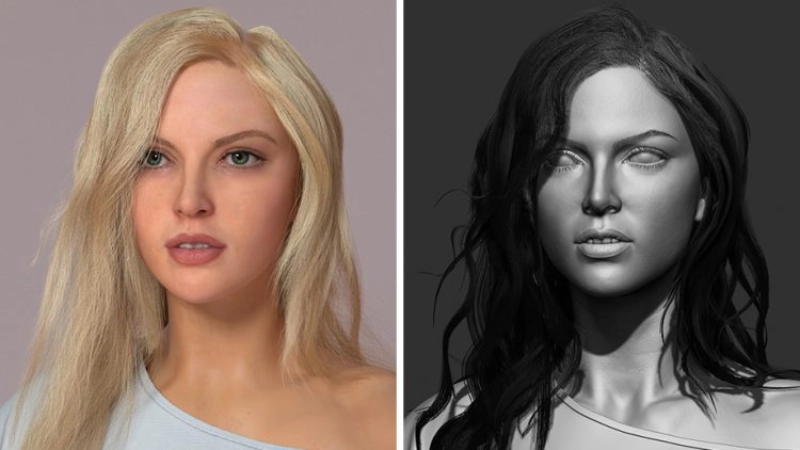
- Polygonal modeling: This is the most widely used technique in 3D modeling. It involves creating models by connecting vertices, edges, and faces to form polygons. Artists can manipulate these polygons to create complex shapes and structures. Polygonal modeling is commonly used in character modeling, architectural visualization, and game development.
- NURBS modeling: NURBS stands for Non-Uniform Rational B-Splines. It is a mathematical representation used to create smooth curves and surfaces. NURBS modeling is particularly useful for creating organic shapes, such as characters or vehicles. It offers precise control over the shape and curvature of the model, making it ideal for high-quality visualizations and animations.
- Digital sculpting: Digital sculpting, also known as sculpting modeling, is a technique that simulates traditional sculpting in a digital environment. Artists use specialized software to sculpt models using virtual tools, such as brushes and clay. This technique allows for intricate details and organic shapes, making it popular in character modeling and creature design.
- Procedural modeling: Procedural modeling involves using algorithms and mathematical functions to create complex shapes and structures. Artists define a set of rules and parameters, and the software generates the model automatically. This technique is commonly used in generating landscapes, terrains, and architectural elements.
- Parametric modeling: Parametric modeling is based on creating models using predefined parameters and equations. Artists can easily modify the model by adjusting these parameters, allowing for quick iterations and variations. This technique is widely used in industrial design, product modeling, and architecture.
Each type of 3D modeling technique has its own strengths and limitations. Artists often combine multiple techniques to achieve the desired results, depending on the project requirements and their personal preferences.
Exploring the world of 3D animation
Animation is the process of adding movement and visual effects to 3D models. It brings static objects to life, creating the illusion of motion and emotion. Whether it’s animating a character’s expressions, simulating realistic physics, or creating stunning visual effects, animation plays a crucial role in making 3D models come alive. There are several techniques and approaches to 3D animation, each with its own unique characteristics and applications. Here are some of the most common types of 3D animation techniques:
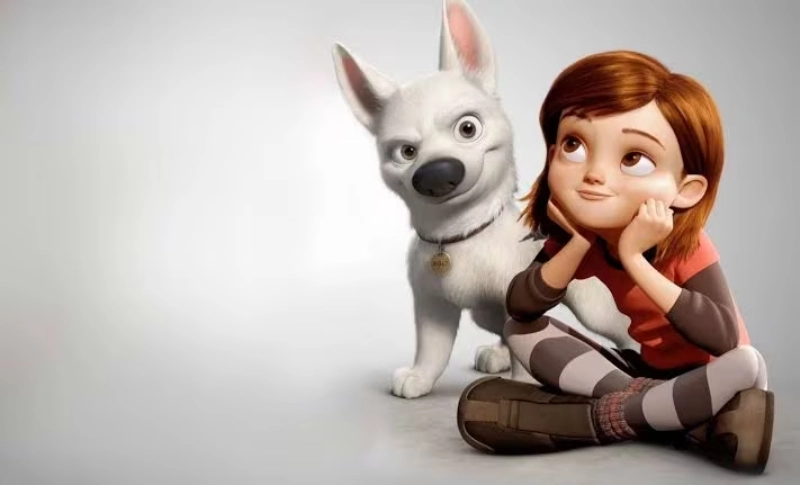
- Keyframe animation: Keyframe animation is the most traditional and widely used technique in 3D animation. It involves setting key poses at specific frames and letting the software interpolate the frames in between. This technique allows for precise control over the timing and motion of the animation.
- Motion capture: Motion capture, also known as mocap, is a technique that involves recording the movements of real-life actors or objects and applying them to 3D models. This technique allows for realistic and natural-looking animations, making it popular in the film and gaming industry.
- Physics-based animation: Physics-based animation simulates real-world physics to create realistic motion and interactions. Artists can define physical properties such as gravity, friction, and collision, and the software calculates the motion based on these parameters. This technique is commonly used in simulations, virtual reality experiences, and game development.
- Character rigging: Character rigging is the process of creating a digital skeleton, also known as a rig, for a 3D character. The rig consists of bones and joints that allow the character to move and deform realistically. Artists can manipulate the rig to create lifelike movements, such as walking, running, or facial expressions.
- Particle animation: Particle animation involves simulating the behavior of particles, such as dust, smoke, or water, to create stunning visual effects. Artists can control the movement, size, and behavior of the particles to achieve various effects, such as explosions, fire, or weather simulations. This technique is commonly used in film, advertising, and gaming.
Each animation technique requires different skill sets and software tools. Animators often specialize in a specific technique or a combination of techniques, depending on their interests and the requirements of the project.
Tools and Software for 3D Modeling and Animation
To create high-quality 3D models and animations, artists and designers rely on specialized software and tools. Here are some popular software options used in the industry:
1. Autodesk Maya: Maya is one of the most widely used software for 3D modeling and animation. It offers a comprehensive set of tools and features that cater to the needs of professionals in various industries. Maya is known for its flexibility, allowing artists to create stunning visuals and realistic animations.
2. Blender: Blender is a free and open-source 3D creation suite that has gained popularity among artists and designers. It offers a wide range of features, including modeling, animation, rendering, and compositing. Blender’s community-driven development ensures constant updates and improvements, making it a powerful and accessible tool for beginners and professionals alike.
3. ZBrush: ZBrush is a digital sculpting software that revolutionized the way artists create detailed and realistic characters. It provides advanced sculpting tools and techniques, allowing artists to add intricate details and textures to their models. ZBrush’s intuitive interface and powerful features make it a preferred choice for character artists and creature designers.
Applications of 3D modeling and animation
3D modeling and animation have become integral parts of various industries, revolutionizing the way we create and visualize content. Here are some of the key applications of 3D modeling and animation:
Entertainment industry
The entertainment industry, including film, television, and video games, heavily relies on 3D modeling and animation to create immersive and visually stunning experiences. In film and television, 3D models are used to create realistic environments, creatures, and special effects that would be difficult or impossible to achieve in the real world. Animated movies, such as Pixar’s “Toy Story” or Disney’s “Frozen,” are prime examples of how 3D modeling and animation bring characters to life and create captivating stories. In the gaming industry, 3D models and animations are used to create realistic characters, environments, and interactive experiences.
Advertising and marketing
Advertising and marketing have embraced 3D modeling and animation as powerful tools to create eye-catching visuals and engage audiences. 3D models allow advertisers to showcase products from all angles, highlighting their features and benefits in a visually compelling manner. 3D animations can bring products to life, demonstrating their functionality and usage in ways that traditional photography or video cannot. Whether it’s a car driving through a scenic landscape or a product assembly animation, 3D modeling and animation help advertisers tell a story and capture the viewer’s attention.
Architecture and interior design
The field of architecture and interior design has greatly benefited from 3D modeling and animation. Architects can create realistic digital models of buildings and structures, allowing clients to visualize the final result before construction even begins. This helps streamline the design process and ensures that the client’s vision is accurately translated into reality. Interior designers can use 3D modeling and animation to showcase different design options, experiment with colors and textures, and create virtual walkthroughs of spaces. This enables clients to make informed decisions and provides a realistic preview of the finished project.
Career opportunities
The demand for skilled 3D modelers and animators is on the rise, offering numerous career opportunities in various industries. From film studios and gaming companies to architectural firms and advertising agencies, there is a constant need for talented individuals who can bring ideas to life through 3D modeling and animation. Job roles in this field include 3D modeler, character animator, visual effects artist, game developer, architectural visualization specialist, and many more. With the right skills and a strong portfolio, individuals can pursue fulfilling careers in a rapidly evolving industry.
Conclusion
3D modeling and animation have revolutionized the way we create and visualize content. These techniques allow artists and designers to bring their imagination to life, creating realistic and immersive visuals in various industries. From film and gaming to architecture and advertising, 3D modeling and animation have become essential tools for showcasing ideas and captivating audiences. The versatility and flexibility of these techniques offer endless creative possibilities, allowing artists to push the boundaries of their imagination.
As technology continues to advance, the demand for skilled 3D modelers and animators will only increase. Whether you’re a beginner looking to explore the world of 3D modeling and animation or an experienced professional seeking new challenges, the opportunities in this field are vast and exciting. So, if you’re ready to dive into the exciting world of 3D modeling and animation, start learning, practicing, and creating. Who knows, you might just create the next iconic character or build the virtual world of tomorrow!


